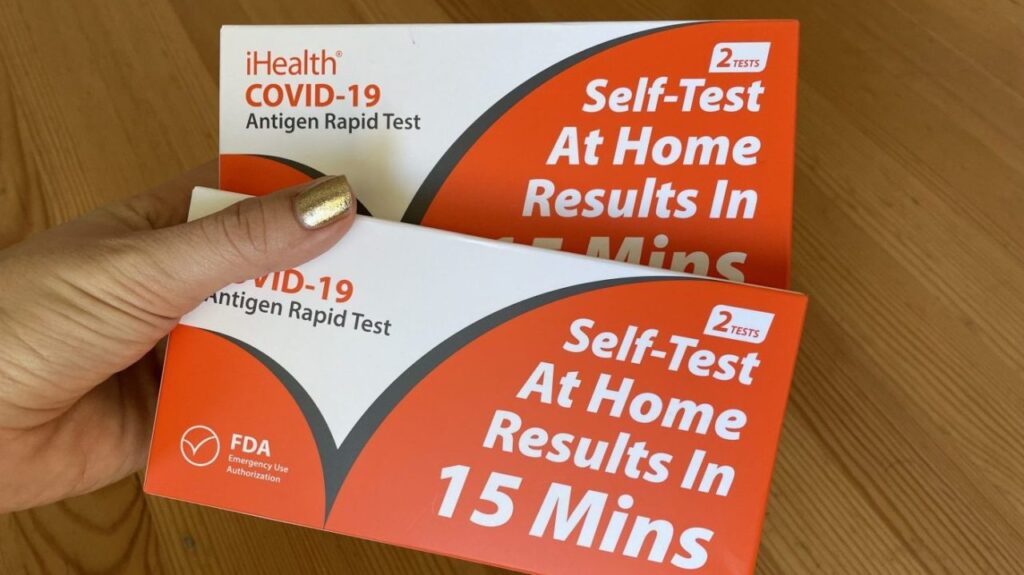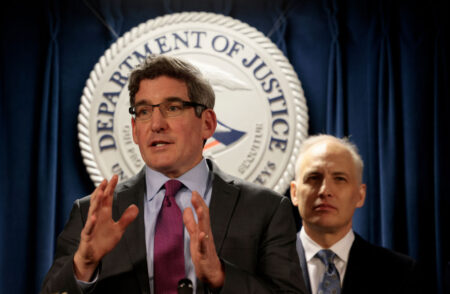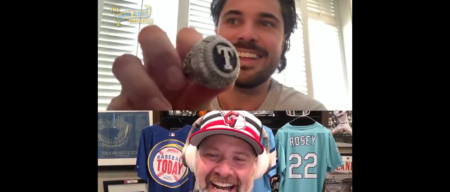In March 2020, I was invited to appear on several news programs to discuss the pandemic and its impact on our health systems and our daily lives. At times, I was asked political questions which I deflected, reminding the viewers that everyone in every country was at risk for infection.
I wanted to stay focused on the issues at hand and the challenges that we as a nation and global community would face. It may not have been a sensational response that would trigger high emotion and potentially higher ratings, but I felt it was necessary to encourage positive dialog on what everyone would need to do to stay healthy.
Throughout history, public health has depended on basic tools to fight infection such as masking, sterilizing our environment (even just soap and water), quarantines and isolation and eventually inoculations and vaccinations. Fortunately, in the 21st century, we’ve pioneered technology to advance these simple measures to be even more accurate and mass-produced on a global scale, lessening the severity of the impact of infection and disruptions to our lives.
With SARS-CoV-2, the coronavirus that causes COVID-19, we encountered a novel pathogen that constantly mutates and develops mechanisms to evade our immune systems. Over the years, we have forgotten what SARS stands for, namely, severe acute respiratory syndrome. What we have learned since the early days of 2020 is that COVID-19 enters our bodies through our respiratory tracts, but the potential damage is far more extensive.
It dysregulates the immune system, damages the lining of blood vessels and attacks the nervous system. It has acute properties which may make a person feel ill for a few days to weeks. It can transition into a chronic phase known as long COVID or post-acute sequelae of COVID-19 with more than 200 symptoms which can last for months and beyond. Then there is the long-term impact associated with higher rates of heart attacks, strokes and cognitive disorders among other conditions.
It is not the common cold, nor the flu, especially for people with co-morbidities, the immunocompromised and the elderly. Moreover, long COVID can occur in those with mild or asymptomatic infection.
On May 11, the United States declared that the public health emergency was over. Through vaccinations and natural infection, there was greater immunity in the population resulting in less hospitalization and death. This was then followed by a debate on how to define our current state; was it a pandemic or endemic? Should it be based on the spread of the virus through the community and across continents and/or the severity of its impact on hospitals and the economy?
What is clear is that the virus never went away and probably never will. Not only is it mutating, but it’s in the animal population which we will never be able to eradicate.
The next mantra was that we just need to learn to live with it. Makes sense, but that doesn’t mean that we have to ignore its existence. A “don’t ask, don’t tell” or “don’t test, don’t exist” model never works in the long run. We have normalized death and disability to adapt our mindset to what is happening, but, clearly, we have so much more to learn about this virus and the level of harm generated by infection.
With the removal of the public health emergency, free coverage for vaccinations, tests, medications and masks was terminated, moving coverage to private insurance with some bridge coverage for those who are underinsured or uninsured. Additionally, the Center for Disease Control and Prevention’s authorization to collect certain types of public health data, such as the national county-level test positivity data from COVID-19 electronic reporting, expired. Without comprehensive data, it’s difficult to make sound policy decisions impacting the population and the individual.
While there has been much debate on the safety and effectiveness of COVID-19 vaccines as well as masks, many studies demonstrate their impact on this virus especially to decrease the severity of infection. Yet, people who still want access to vaccines, masks and testing have faced challenges to obtain them since the public health emergency ended.
There were numerous reports that insurance companies denied coverage for the new vaccines, and it’s been difficult to find them during the initial rollout, which most likely will be fixed over time. The White House said this week that issues surrounding insurance coverage had for the most part been addressed. However, the early confusion may have increased anxiety and discouraged long-term uptake, especially for vaccines that are surrounded by uncertainty regarding their effectiveness.
Moreover, time is not on one’s side when one is ill and wants to test to see if there is a need for medications like Paxlovid or to wear the appropriate mask to protect others or oneself from infection. There isn’t an official shortage, but on several occasions this summer, I’ve been in drug stores and asked for tests and was told that they are out of stock and it will take several days to reshelve the products. That is not good enough when time is of the essence.
Not everyone can shell out money for tests, vaccines and masks hoping to be reimbursed in the future. Fortunately, starting this week, the public can order free tests again from the government.
However, we need to ensure that other public health tools such as vaccines and masks are also free and widely available, which can encourage their uptake. Doing this will send a powerful message that they are valuable resources. We’ve learned that culturally appropriate messages, not mandates, can generate confidence and positively influence behavior.
Providing easily available, free vaccines, tests and masks for everyone who wants them are steps toward “smartly” living with COVID-19 today and in the years to come.
Saralyn Mark, M.D., is the founder of SolaMed Solutions LLC, the American Medical Women’s Association’s COVID-19 lead and founder of iGIANT (Impact of Gender/Sex on Innovation and Novel Technologies). She is the director of health innovation for Star Harbor and a former senior medical and policy adviser to the White House, the Department of Health and Human Services and NASA.
Copyright 2023 Nexstar Media Inc. All rights reserved. This material may not be published, broadcast, rewritten, or redistributed.
Read the full article here











